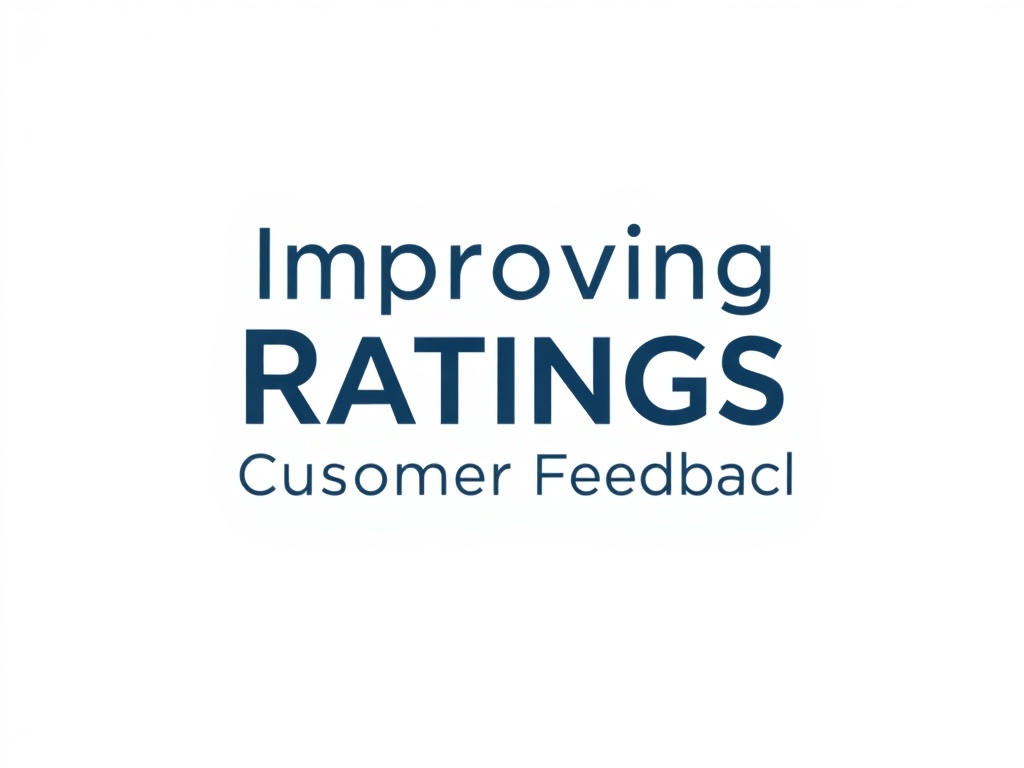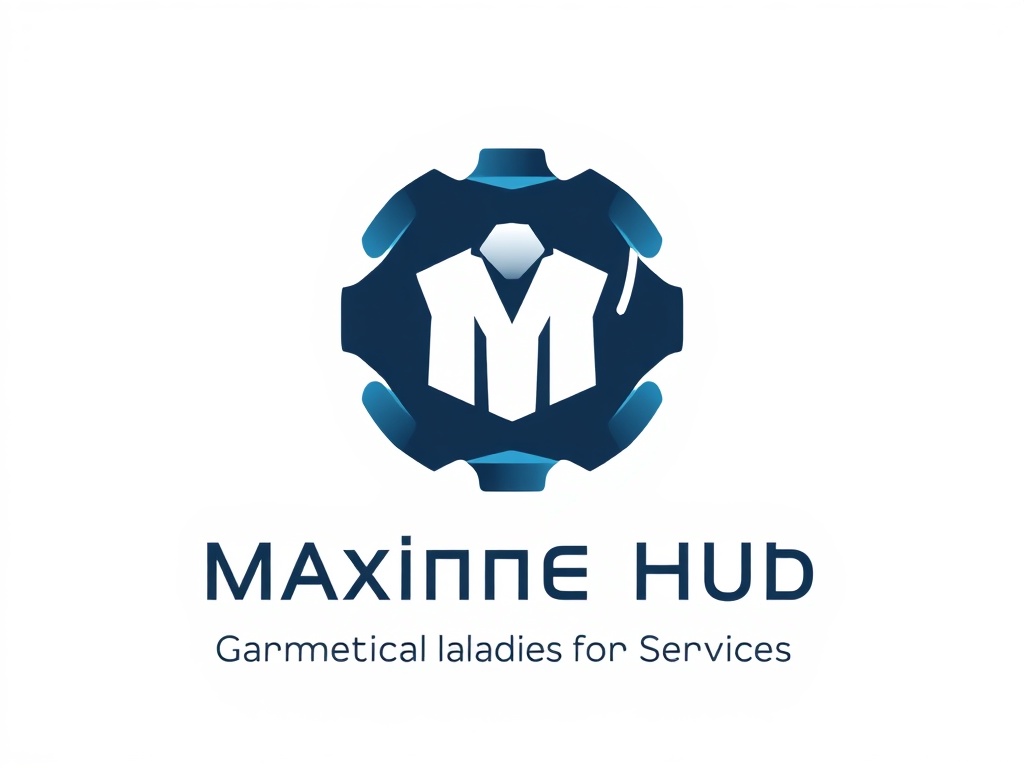
- Admin
- September 29, 2025
- Manufacturing
Improving Ratings Through Customer Feedback
Improving Ratings Through Customer Feedback
In the digital age, customer feedback has emerged as a cornerstone for businesses aiming to improve their ratings and, subsequently, their overall success. With customers turning into brand advocates in mere moments, understanding the intricacies of feedback mechanisms is not just advantageous but necessary. Leveraging customer feedback can lead to substantive improvements, securing both a stellar reputation and unswerving customer loyalty.
Understanding the Importance of Customer Feedback
Customer feedback presents itself as a golden repository of insights that can significantly impact a company's trajectory. In an era where consumer opinions are highly valued and rapidly disseminated online, businesses need to hone their skills in interpreting and acting upon these insights. Feedback is not just a measure of customer satisfaction; it's an invaluable resource for strategic transformation.
A mere increase in positive ratings can draw new customers, encourage repeat business, and position a brand as a trustworthy establishment. By effectively utilizing feedback, businesses can identify gaps in their service offerings, adjust strategies accordingly, and ultimately enhance the customer experience, driving greater loyalty and satisfaction.
Establishing Effective Feedback Channels
Creating robust and accessible channels for collecting feedback is essential. Customers should find it easy and convenient to voice their opinions. Businesses can employ various strategies such as online surveys, feedback forms on receipts, customer service interactions, and social media platforms.
Online surveys, in particular, can be tailored to extract more detailed insights. Businesses should ensure these surveys are concise and include both closed and open-ended questions to capture quantitative data and personal experiences.
Analyzing Customer Feedback Effectively
Gathering feedback is only a part of the process—analyzing it effectively is critical for deriving insights that can be turned into actionable strategies. Organizations should employ tools and software that are capable of categorizing feedback, identifying trends, and presenting data in a comprehensible manner.
Sentiment analysis tools, for example, can evaluate the tone of customer comments, helping businesses gauge overall satisfaction and highlight specific areas for improvement. With the rise of AI, many tools now offer real-time feedback analysis, facilitating faster reaction times and enabling a more dynamic business environment.
Prioritizing Action Based on Feedback
Not all feedback will weigh equally in terms of urgency or importance. Businesses should develop a methodology for prioritizing feedback, focusing on areas that significantly impact customer satisfaction and the overall perception of the brand.
Implementing a feedback prioritization matrix can help. By categorizing feedback based on factors such as urgency, impact, and feasibility, companies can strategically decide which areas require immediate attention. This structured approach ensures that resources are allocated effectively, leading to timely improvements in product offerings or customer service.
Closing the Feedback Loop
A common misconception is that collecting feedback is the final step in the process. In reality, closing the feedback loop is crucial. This means informing customers that their feedback has been taken into account and implementing changes based on their suggestions.
For example, if customers provided feedback regarding long wait times, businesses should actively communicate the steps taken to reduce these times. This could be done through emails, social media updates, or even direct responses to the customers. Closing the feedback loop not only demonstrates that the company values customer input but also instills trust and loyalty.
Consistency in Monitoring and Revising Strategies
Consistency is key in maintaining improved ratings. Businesses should not view feedback as a one-time event but as an ongoing dialogue with their customers. Regularly monitoring feedback allows businesses to stay attuned to changing customer preferences and market trends.
Regular strategy revisions based on continuous feedback can position companies for resilience and adaptability in the marketplace. New trends can be swiftly identified and capitalized upon, ensuring that the business remains relevant and customer-oriented.
Training Staff to Handle Feedback
Frontline employees often represent the first point of contact with customers, making their role in feedback collection and management vital. Investing in training programs ensures that staff is equipped to solicit, recognize, and interpret customer feedback effectively.
Training programs should cover handling negative feedback professionally, identifying recurring themes, and encouraging positive interactions. A well-trained team can transform feedback collection into a seamless and productive practice that significantly boosts customer satisfaction and business performance.
Leveraging Technology for Enhanced Feedback
Technology offers numerous avenues for enhancing feedback collection and analysis. Businesses can employ CRM systems, feedback management software, and AI-powered chatbots to streamline and optimize the process.
Implementing real-time feedback widgets on websites or apps can provide immediate insights into customer experiences. Machine learning algorithms can predict upcoming trends based on historical data, empowering businesses to be even more proactive in adjusting their offerings.
Conclusion
Improving ratings through customer feedback is an ongoing journey that requires dedication, strategy, and responsiveness. By establishing effective channels, prioritizing actions, and leveraging technology, companies can ensure that feedback drives positive change. Engaging with feedback not only fosters customer loyalty but also positions businesses as responsive and forward-thinking leaders in their industry. In a world where customer opinions can make or break a brand, embracing feedback is not merely advantageous—it's imperative.
Recent Blogs
Related Listings
Categories
- Agriculture & Farming (96)
- Arts & Culture (258)
- Automotive (190)
- Beauty & Spa (95)
- Bookstore Libraries (100)
- Cleaning Services (85)
- Construction & Contractors (251)
- Education & Training (126)
- Electrical Services (76)
- Energy & Environment (100)
- Entertainment & Media (105)
- Finance & Insurance (188)
- Freight & Shipping (0)
- Government & Public Services (160)
- Health & Medical (388)
- Home & Garden (78)
- Home Automation (100)
- Hotels & Travel (197)
- Immigration Services (99)
- Legal Services (163)
- Manufacturing (415)
- Marketing & Advertising (272)
- Non-Profit & Charities (121)
- Personal Services (119)
- Pest Control (101)
- Pet Services (218)
- Plumbing Services (85)
- Printing Services (100)
- Real Estate (333)
- Restaurants & Food (309)
- Retail & Shopping (194)
- Security Services (100)
- Sports & Recreation (151)
- Technology & IT (160)
- Telecommunications (120)
- Transportation & Logistics (227)
- Travel (426)
- Water Purification (97)
Questions & Answers – Find What
You Need, Instantly!
How can I update my business listing?
Is it free to manage my business listing?
How long does it take for my updates to reflect?
Why is it important to keep my listing updated?





